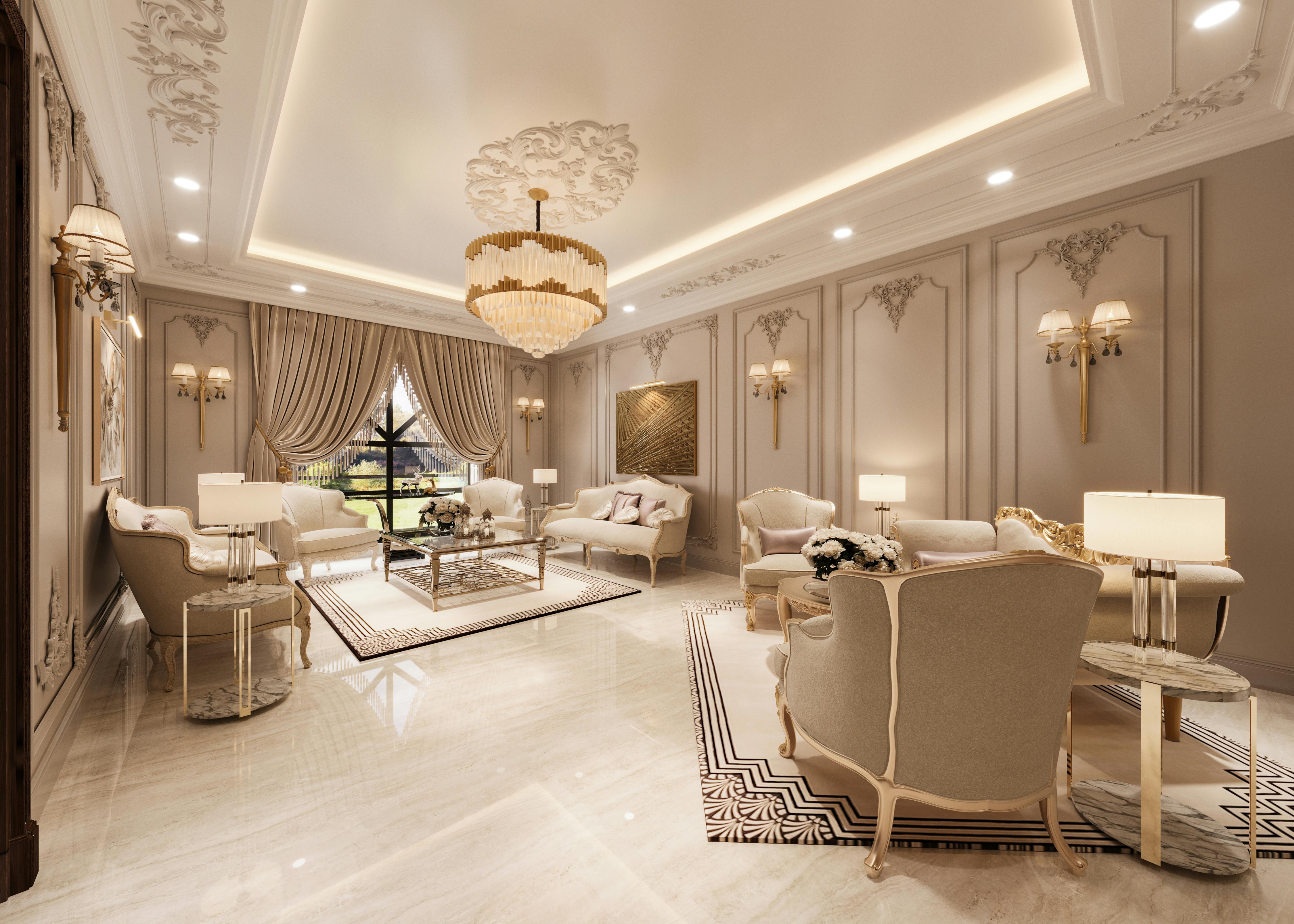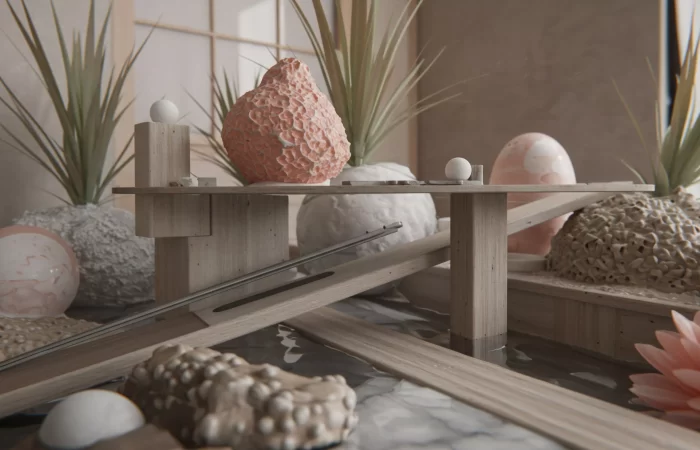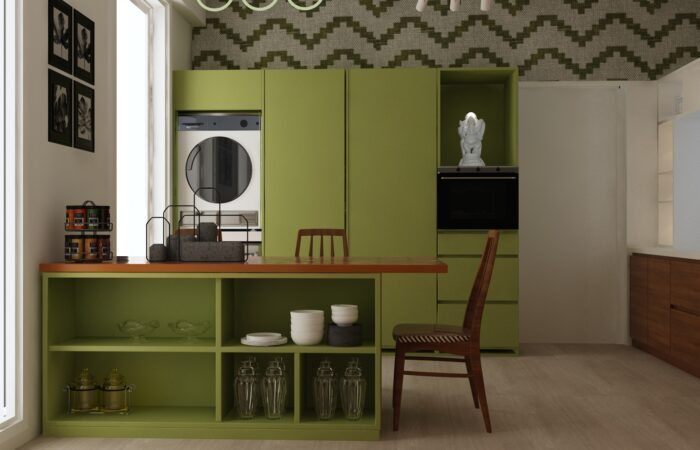Luxury has long been equated with price tags—gold finishes, imported marble, rare collectibles. But in today’s evolving world of design, the truly powerful are not looking to flaunt wealth—they’re looking to feel it.
Welcome to a new philosophy I call “Designing for the 1% Mindset.” This isn’t about catering to the ultra-wealthy. It’s about designing spaces for people who live with clarity, command, influence, and intention—regardless of their bank account.
This mindset-driven approach to interiors isn’t built on logos or luxury. It’s built on presence. On precision. On creating spaces that feel like they belong to someone who is in control of their time, their energy, and their environment.
Let’s dive into how to design interiors that radiate personal power—spaces that speak not of cost, but of conviction.

💼 1. Power is Presence: Design with Intention
The most powerful rooms are never “busy.” They don’t scream. They command. The 1% mindset demands clarity—both visually and energetically.
Design Directives:
- Prioritize strong focal points: a bold sculpture, a commanding piece of art, or a tailored light fixture
- Avoid clutter. Every item must have purpose or story
- Use layout to control flow—design spaces that direct how someone enters, pauses, and moves
Power is quiet but unmistakable. When you walk into a space designed with presence, you don’t just see it—you feel it.
🎯 2. Emotional Geometry: Use Lines that Lead
Design isn’t just about objects—it’s about movement. People with a 1% mindset think in strategy and direction. Their space should reflect the same.
- Use clean, confident lines—in furniture, architecture, and decor
- Avoid excessive curves or unnecessary ornamentation
- Create axis points—sightlines that lead to a view, a mirror, or a striking element
Lines in space are like unspoken language. The clearer they are, the more focused the energy feels.
🖤 3. Understated Over Opulent: Refined Materials Matter
The 1% mindset isn’t about excess—it’s about elevation. And that means choosing materials that whisper sophistication, rather than shouting status.
Preferred Palettes:
- Honed stone over glossy granite
- Brushed brass or aged bronze over shiny gold
- Natural leathers, suedes, velvets—textures that feel lived-in yet luxe
The idea is to use materials that age well, that improve with time, and that are tactilely satisfying. These are the quiet details that build emotional richness into a space.
🧠 4. Psychology of Color: Design for Confidence
Colors have subconscious effects on our mindset. For someone living the 1% mindset—focused, decisive, and aspirational—the palette should reflect mental clarity and control.
Best Colors for Power:
- Deep charcoal, slate, or midnight blue for command
- Creams and neutrals for balance and confidence
- Terracotta, oxblood, or navy for subtle authority
Avoid colors that feel indecisive or overly trendy. Power isn’t experimental—it’s deliberate.
📚 5. Surround Yourself with Symbols of Strategy
The 1% mindset is about vision. In design, this means surrounding yourself with objects that represent who you are becoming, not just where you’ve been.
Design Suggestions:
- A sleek globe, vintage telescope, or minimalist hourglass—reminders of vision and time
- Large-format books on architecture, leadership, innovation—positioned intentionally, not stacked
- A dedicated thinking chair or reading space—an altar to focus and strategy
These symbolic elements become psychological anchors. The space isn’t just where you live—it’s where you lead.
🔇 6. The Sound of Power: Acoustic Design
Powerful people value quiet. Silence is the canvas for thought, decision-making, and privacy. A 1% mindset space should support mental clarity, even at the sonic level.
Sound-Based Tips:
- Use soft materials like rugs, fabric wall panels, or upholstered furniture to absorb noise
- Eliminate echo in large rooms with acoustic treatments or strategic furnishings
- Consider white noise, water features, or sound masking in home offices
The soundscape of a room impacts focus and mental stillness. Protect it like your most valuable asset.
🕰 7. Time as a Design Element
Perhaps the rarest luxury in the world is time. A true 1% interior creates a sense of time ownership.
Design for:
- Effortless flow: reduce friction between daily tasks by optimizing layout
- Micro-moments of retreat: a five-minute corner with a candle, a window seat for 10-minute resets
- Tech that disappears: automate lights, blinds, or climate—so your mind stays on what matters
When a space saves you energy, removes distractions, and gives you time—you’ve designed something truly powerful.
🔒 8. Privacy Is Power
In a world addicted to openness, those who value discretion quietly lead. A space that supports privacy—both visual and emotional—is key.
- Use opaque glass, retractable screens, or hidden rooms
- Design personal spaces as invitation-only zones, not open floor plans
- Incorporate furniture with layers of access: drawers within drawers, hidden safes, or private cabinets
When your space respects your inner world, it tells the outside world exactly what it needs to: nothing.
✨ Final Thought: Wealth is Energy. Power is Design.
Designing for the 1% mindset isn’t about showing off—it’s about showing up fully. It’s not about collecting expensive things. It’s about curating environments that fuel focus, clarity, control, and legacy.
When you walk into a space aligned with power, you don’t see ego. You see intention. Every corner communicates vision. Every finish speaks precision. Every choice reflects an elevated identity.
That’s what it means to design for the 1%.
And the best part? You don’t need millions to start—you just need the mindset.



